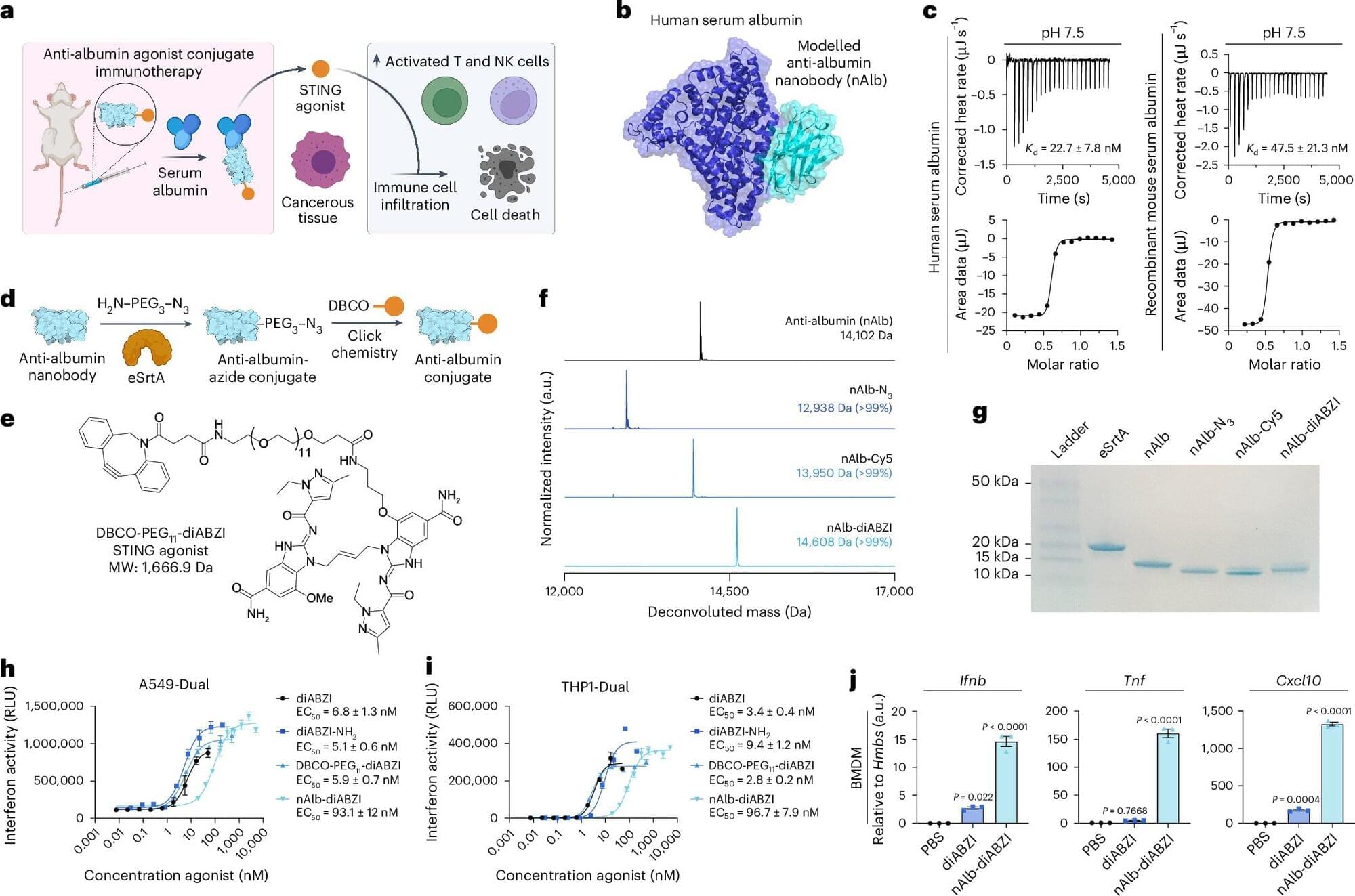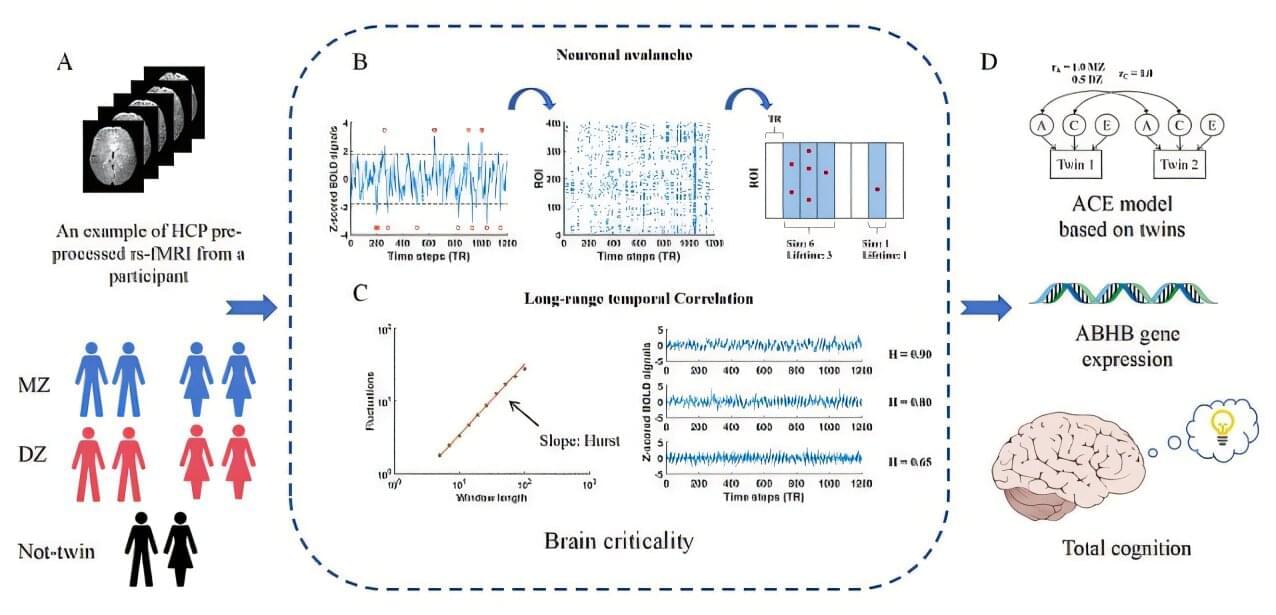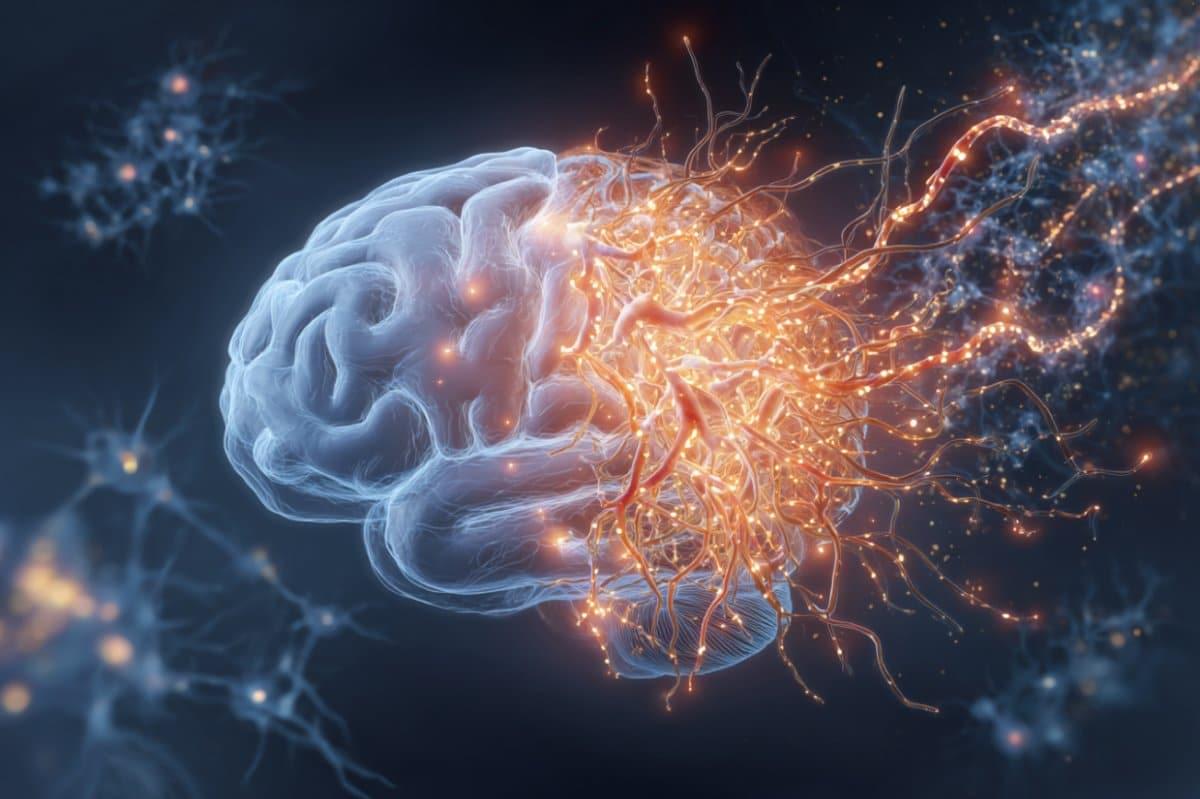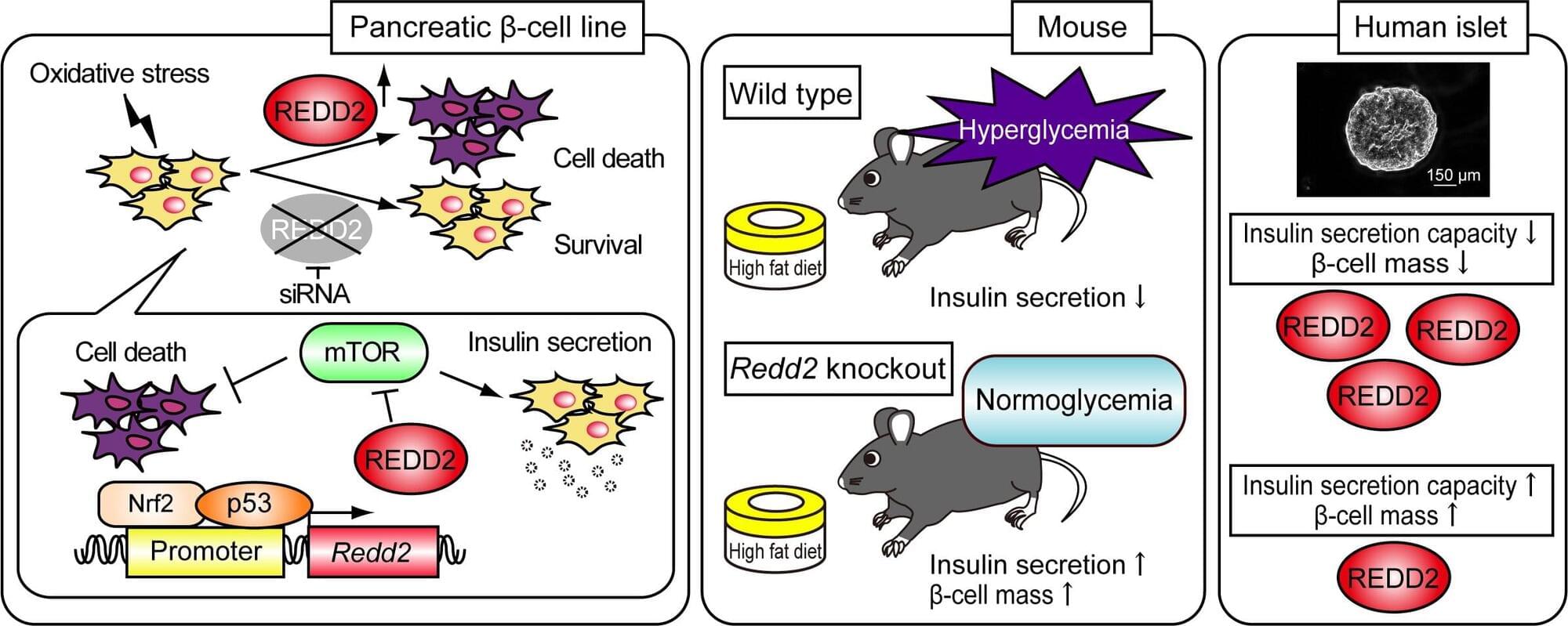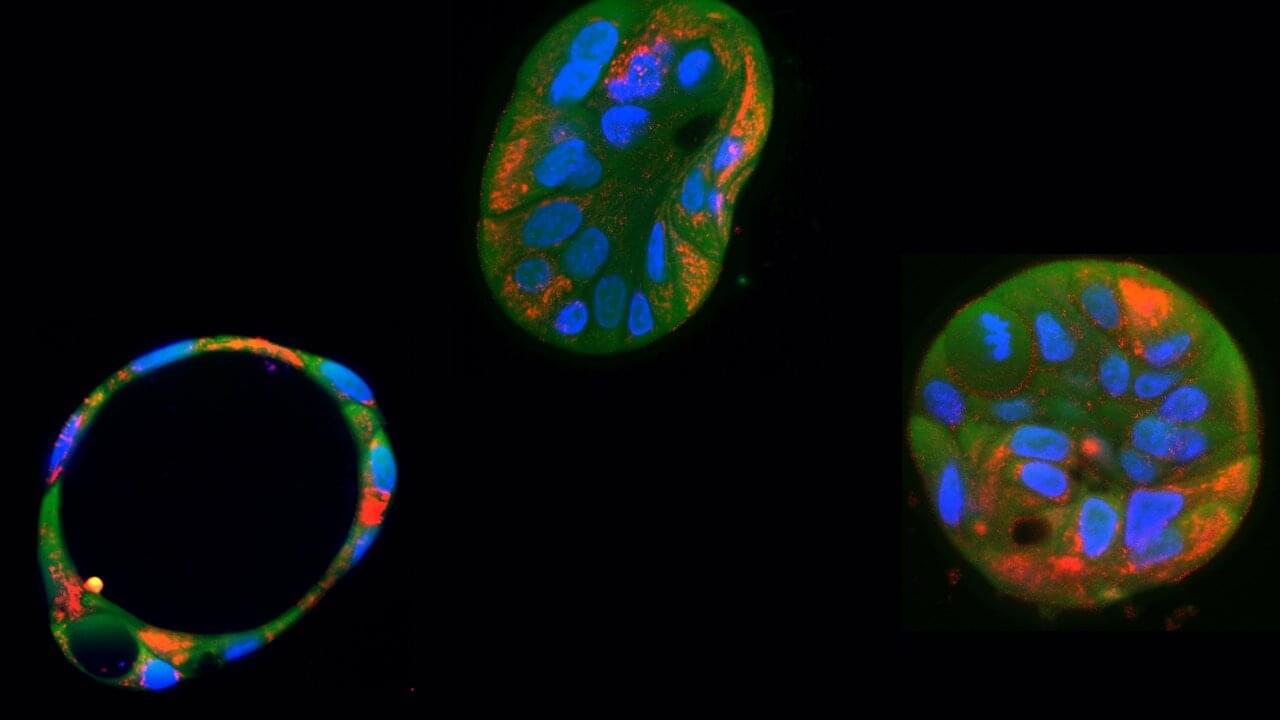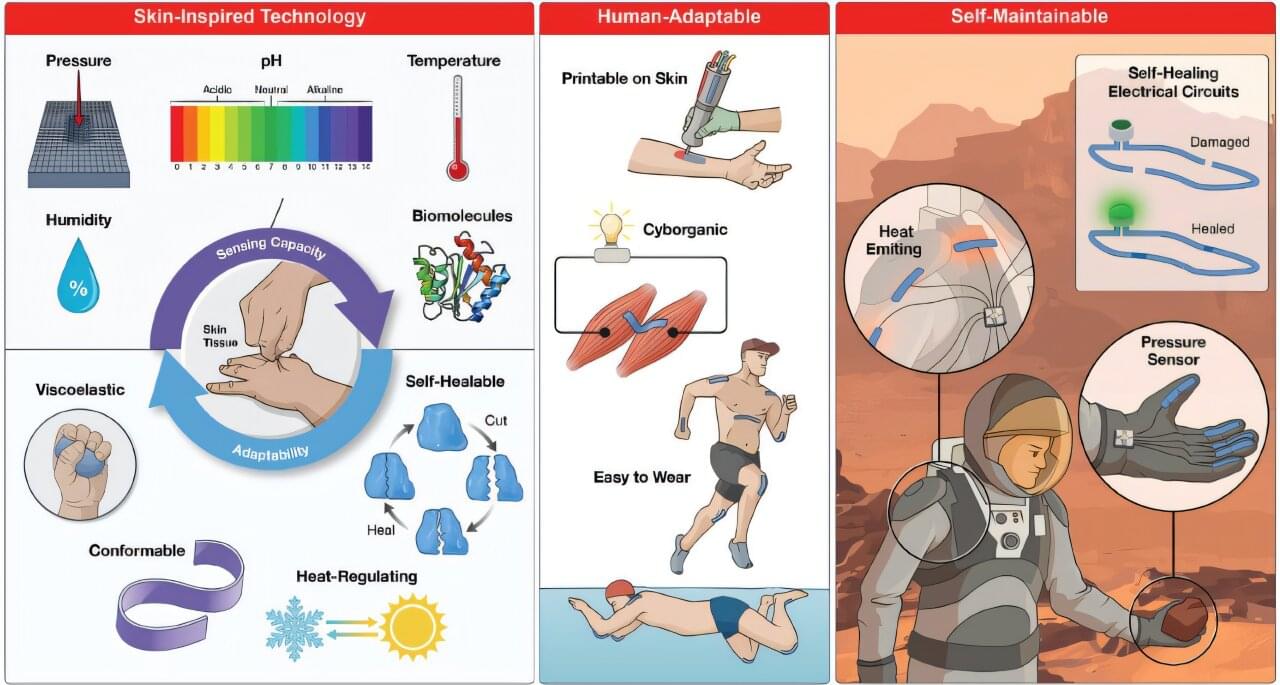Researchers led by John T. Wilson, Vanderbilt University associate professor of chemical and biomolecular engineering and biomedical engineering, have developed a new approach using a molecularly designed nanobody platform that seeks to make immunotherapy more effective in the treatment of cancer.
The research, “Potentiating Cancer Immunotherapies with Modular Albumin-Hitchhiking Nanobody-STING Agonist Conjugates,” is published in Nature Biomedical Engineering.
Immunotherapy is revolutionizing cancer treatment, but few patients benefit from the treatment, according to researchers. However, Wilson and his Immunoengineering Lab at Vanderbilt, along with collaborators at Vanderbilt University Medical Center, SOMBS, and the College of Arts and Sciences, aim to solve this problem.
